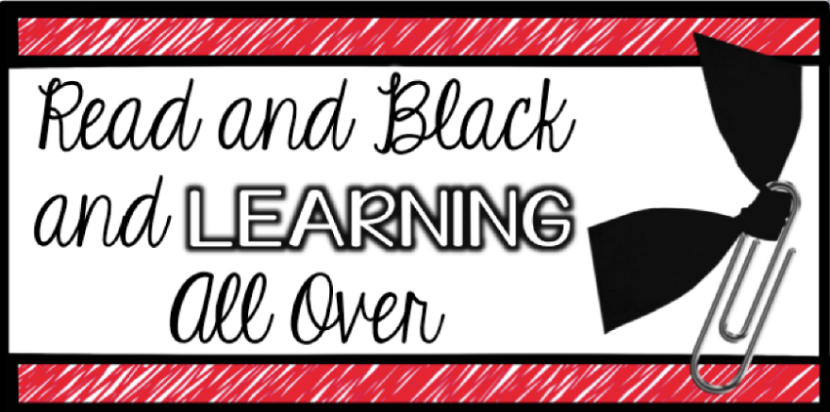So, I've been trying to come up with some creative ways to let them have fun while still learning. Here's what I've come up with so far:
Synonyms and Antonyms
We've begun our journey into context clues, and one of the big clues authors give us is synonyms and antonyms. The trouble is, students need to know the many meaning of common words so they can easily connect words they know to new, unfamiliar words. I've been trying to create challenging and hands-on activities for my students so they can have fun while exploring "fancy" words.
The first activity we did was "Synonym Snail Races" (click on the picture to find the file on TpT)
My class had so much fun trying to outdo each other with the most creative synonyms. For the first "round", teams were only allowed to use their own brains to come up with synonyms. In order for their snails to count, the word had to be a good synonym, spelled correctly, and colored neatly. They really had to work together to make sure everyone had work to do. (This was a real eye-opener to see which students were good team players and which need some more guidance).
For the second round, students were allowed to pick one classroom resource to use for their group. Once they picked their resource they were stuck with it, so they needed to pick wisely. There choices were: dictionary, thesaurus, synonym/antonym dictionary, and Banish Boring Words. That second day the race was on! I let my students work for 20 minutes the first day and 25 the second. By the second day, we had a winner. They had so much fun!
From there, we did a shades of meaning activity. We talked about the fact that synonyms, even though they have similar meanings, can still be different. Some have stronger meanings than others. Thankfully, a friend of mine snagged me a stack of paint chips and I was all set! We took our snails as an example and laid them out in order from weakest synonym to strongest. Once they had done this collaboratively, they all picked another bland/boring word to try on their own. Each student grabbed some post-its and a thesaurus, and got to work. They found synonyms for their word and wrote each on a post-it. Then, they ordered them right on their desks. This way, I was able to check and help them revise their thinking (if needed), before creating a finished product. Here is what they look like:
Then I decided it was time for a "craftivity". They seemed to be getting the idea that we have classroom resources to help them find more interesting versions of common words they know. Now, I wanted them to think about other basic words, and find more interesting versions in order to build their repertoire of vocabulary words. So, we created Synonym Spiders and Antonym Ants
Cute and just a little creepy right? Perfect for this time of year!
So I decided I needed to make it a full product for TpT. Here are few preview of the pages from the product:
It includes instructions for the craft, synonym and antonyms posters, template for the craft it you don't want the kids cutting by hand from construction paper, and a sort activity (cut and paste).
So, we are having a lot of fun, but doing some great learning at the same time!
How are you having fun in your classroom while still learning?











































